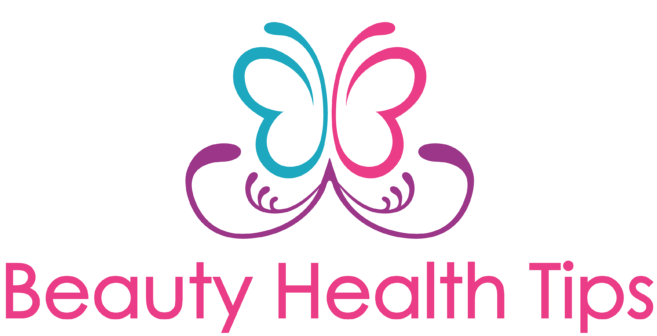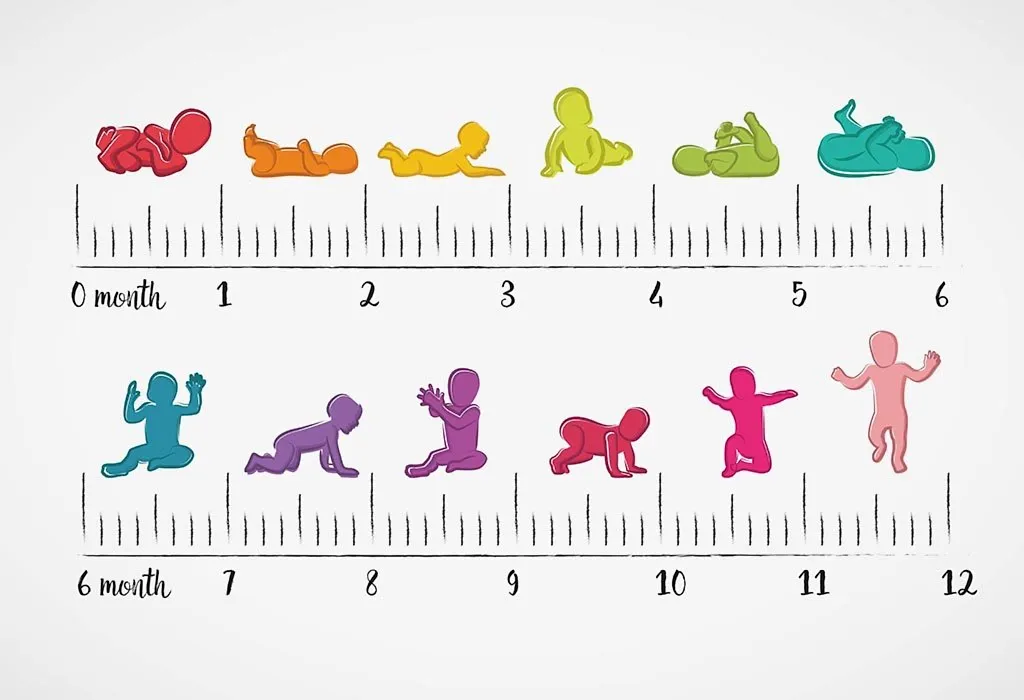The standards for growth of a baby are mere guidelines. Each baby is unique and develops and meets the milestones at its own pace. A baby’s height is more important than its height because height is determined by the genes. The monthly normal milestones are very wide; hence there is no need to be concerned if the baby’s growth is slow.
Milestones of the first and second month
The first few days with the baby is simply changing diapers, feeding, putting to sleep and responding to her cries. Bur within a few weeks the baby will recognise the mother’s face, voice and touch. Black and white patterns attract the baby and she may recognise some familiar sounds. The baby can lift her head and turn a little on her stomach, but her neck still needs support. Her hands can reach her mouth.
Milestones of third month
The baby is ready to give smiles and tries to imitate the facial expressions of others. She babbles loudly at the sounds made by others. The head needs no support. She can turn on the stomach and lift up her head and may be able to do mini push-ups. She can shake toys and open and close her hands. The coordination between the hand and eye has improved considerably. She can track toys and objects that interest her.
Milestones from 4 to 6 months
The baby is fully engaged in the surroundings by now. She smiles and makes her own babbling talks. By the sixth month the baby is ready to take solid food. By the seventh month the baby can roll to her stomach and return back, sit without help and can support her weight on her legs when kept standing by holding the hands. She can now understand certain warnings like a NO from the mother. She can view all colours and her eyes will follow all moving toys and objects.
Milestones from 7-9 months
The baby learns to move forward and backward and soon learn to crawl, sit without support,respond to familiar words and languages, clap hands and play games and learn to pull up to standing position
Milestones from 10-12 months
The last two months of the first year brings a big change in the baby. She cannot be called an infant. She is more of a toddler baby now. She is learning to eat on her own, moves round the rooms holding the furniture., speaks a few relevant words like mama or dada, points to things she wants, and does pretend play by copying the adults e.g. holds the mobile and talks like adults. She can also take her first few steps on her own.
Developmental Stages – Birth to 12 Months
The developments are in the fields of Gross Motor, Fine Motor, Language, Cognitive and Social
| Birth to 3 months | 3-6 months | 6-12 months |
| Looks into the other eyes | Move feet in cycling movement and play with the toes | Pull to standing position with some help |
| Cry or startle at loud sudden noises | Can hold head upright without support | Shift objects or toys from one hand to the other |
| Smiles in response to a smile or a voice | Reach for a toy or object with hands | Copy sounds and words |
| Lifts head and chest when lying on stomach | Roll over on stomach and return back | Can feed on its own |
| Sucks the bottle or breast easily | Makes effort to indicate likes and dislikes | Understands and responds to simple commands and instructions |
Parents must encourage the baby to develop and grow by playing with colorful toys, motivate the child to move, play games with the baby, take the baby for a walk in nature and sing or recite poems for the baby.
Conclusion—it just takes 12 months for a helpless new-born to become an active toddler baby. Babies grow at an astonishing pace. Each month add some new and exciting development. The baby needs to be left on her own to grow at her own pace. Sometimes a baby reaches one milestone earlier, but may be very slow to achieve another milestone. Similarly not all babies are alike. One may start talking from the eighth month, while another baby may not talk till she has crossed the first year mark. Similarly walking may start anytime between 8-18 months.





